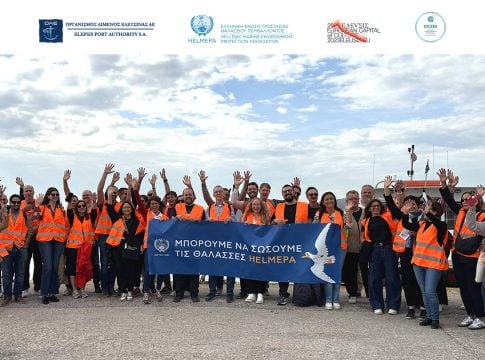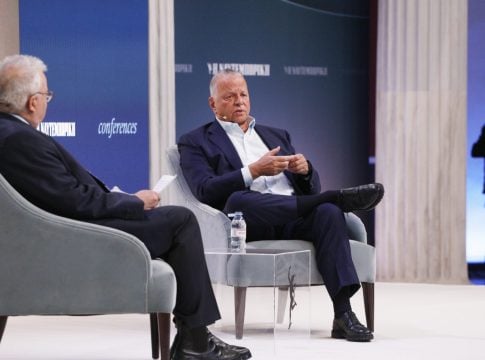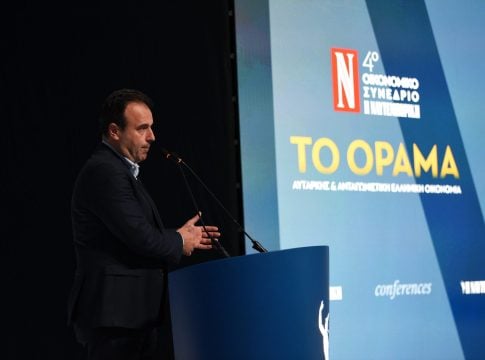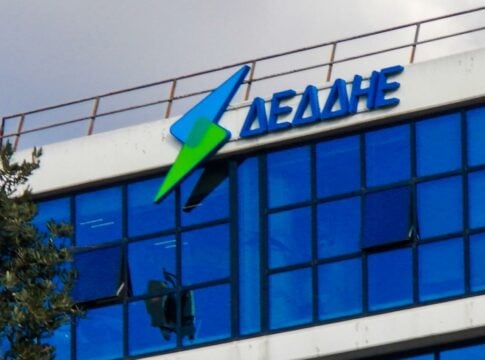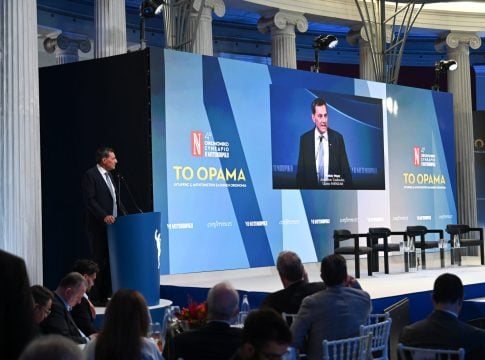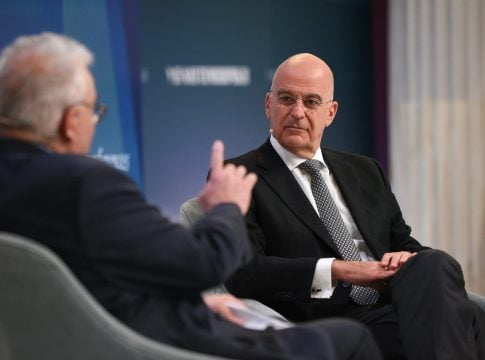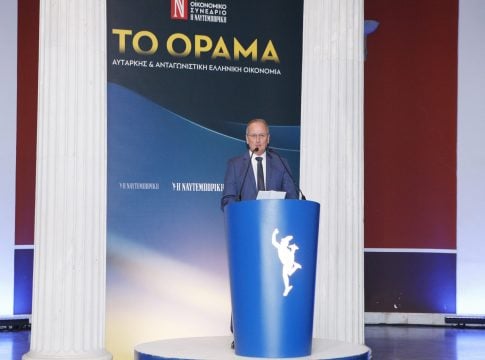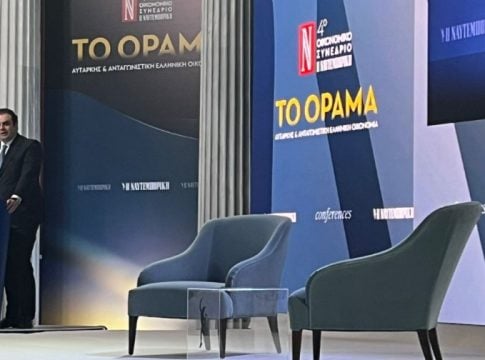The above-mentioned percentages are higher than a year ago, but fall significantly short of the average of EU member states, which is also lower than other technologically developed countries.
Concerns about the lag in ultra-high-speed networks in the EU are reflected in the White Paper on connectivity published last week by the European Commission.
The available FTTH lines are approximately 1,700,000 in a total of 4,800,000 households and businesses, representing around 36%, compared to 28% a year ago, and 56%, the average of EU member states.
OTE has installed approximately 80% of FTTH lines (1.331 million) with Vodafone and Nova sharing the remaining 20%.
Beyond the coverage that is progressing, without bridging the gap with the rest of the countries, what is mainly troubling is the low demand. Based on data also collected by “Naftemporiki”, there are approximately 370,000,000 FTTH lines in operation in a total of 4,800,000 households and businesses (7.7% penetration, compared to approximately 4% a year ago).
Demand is affected by a number of factors, including delays in the Digital Governance Ministry’s programs.
The Smart Readiness Vouchers, with a total budget of 100 million euros, which concerns the wiring of homes and businesses so that they are ready for connection to optical fiber, has been stuck in the absence of VAT numbers in apartment buildings and a solution is being sought.
At the same time, the Gigabit Voucher (budget 80 million euros) is also delayed, which will subsidize the initial connection costs and the monthly fees for speeds above 250 Mbps. It is noted that the first approximately 150,000 FTTH connections were carried out with the first coupon that was made available (Super Fast Broadband), in other words the first users who connected to the new network had a subsidy.




